Brealey, Myers. Principles of Corporate Finance. 7th edition
Подождите немного. Документ загружается.

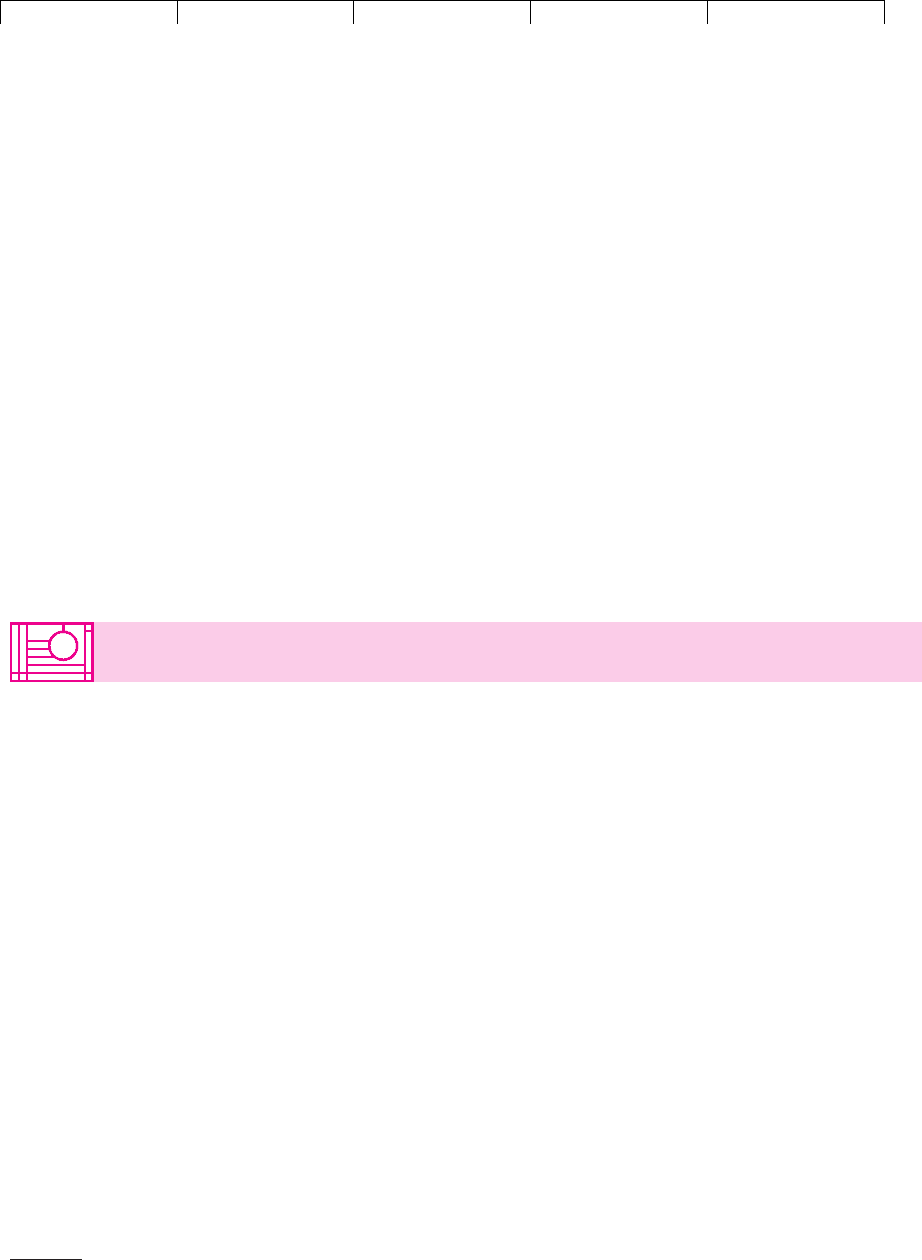
Brealey−Meyers:
Principles of Corporate
Finance, Seventh Edition
IX. Financial Planning and
Short−Term Management
31. Cash Management
© The McGraw−Hill
Companies, 2003
Repos sometimes run for several months, but more frequently they are just
overnight (24-hour) agreements. No other domestic money-market investment of-
fers such liquidity. Corporations can treat overnight repos almost as if they were
interest-bearing demand deposits.
Suppose that you decide to invest cash in repos for several days or weeks.
You don’t want to keep renegotiating agreements every day. One solution is to
enter into an open repo with a security dealer. In this case there is no fixed ma-
turity to the agreement; either side is free to withdraw at one day’s notice. Al-
ternatively, you may arrange with your bank to transfer any excess cash auto-
matically into repos.
For many years repos appeared to be not only very liquid instruments but also
very safe.
26
This reputation took a knock in 1982 when two money-market dealers
went bankrupt. Each case involved heavy use of repos. One dealer, Drysdale Se-
curities, had been in existence for only three months and had total capital of $20
million. However, it went bankrupt, owing Chase Bank $250 million. It’s not easy
to run up debts that fast, but Drysdale did it.
CHAPTER 31
Cash Management 899
26
To reduce the risk of repos, it is common to value the security at less than its market value. This dif-
ference is known as a haircut.
27
Preferred shares are usually better short-term investments for a corporation than common shares. The
preferred shares’ expected return is virtually all dividends; most common shares are expected to gen-
erate capital gains, too. The corporate tax on capital gains is usually 35 percent. Corporations therefore
have a strong incentive to like dividends and dislike capital gains.
31.5 FLOATING-RATE PREFERRED STOCK—AN
ALTERNATIVE TO MONEY-MARKET INVESTMENTS
There is no law preventing firms from making short-term investments in long-term
securities. If a firm has $1 million set aside for an income tax payment, it could buy
a long-term bond on January 1 and sell it on April 15, when the taxes must be paid.
However, the danger in this strategy is obvious. What happens if bond prices fall
by 10 percent between January and April? There you are, with a $1 million liabil-
ity to the Internal Revenue Service, bonds worth only $900,000, and a very red face.
Of course, bond prices could also go up, but why take the chance? Corporate treas-
urers entrusted with excess funds for short-term investment are naturally averse
to the price volatility of long-term bonds.
We saw earlier how municipalities devised variable-rate demand bonds, which
investors could periodically sell back to the issuer. The prices of these bonds are
nearly immune to fluctuations in interest rates. In addition, the interest on munic-
ipal loans has the attraction of being tax-exempt. So a municipal variable-rate de-
mand bond offers a safe, tax-free, short-term haven for your $1 million of cash.
Common stock and preferred stock also have an interesting tax advantage for cor-
porations, since firms pay tax on only 30 percent of dividends received from other
corporations. For each $1 of dividends received, the firm gets to keep 1 ⫺ .30 ⫻
.35 ⫽ $.895. Thus the effective tax rate is only 10.5 percent. This is higher than the zero
tax rate on the interest from municipal debt but much lower than the rate that the
company pays on other debt interest.
Suppose you consider putting that $1 million in some other corporation’s pre-
ferred shares.
27
The 10.5 percent tax rate is very tempting. On the other hand,

Brealey−Meyers:
Principles of Corporate
Finance, Seventh Edition
IX. Financial Planning and
Short−Term Management
31. Cash Management
© The McGraw−Hill
Companies, 2003
since preferred dividends are fixed, the prices of preferred shares change when
long-term interest rates change. A $1 million investment in preferred shares
could be worth only $900,000 on April 15, when taxes are due. Wouldn’t it be
nice if someone invented a preferred share that was insulated from fluctuating
interest rates?
Well, there are such securities, and you can probably guess how they work: Spec-
ify a dividend payment which goes up and down with the general level of interest
rates.
28
The prices of these securities are less volatile than those of fixed-dividend
preferreds.
Varying the dividend payment on preferred stock doesn’t quite do the trick.
For example, if investors become more concerned about the risk of preferred
stock, they might demand a higher relative return and the price of the stock
could fall. So companies sometimes add another wrinkle to floating-rate pre-
ferred. Instead of being tied rigidly to interest rates, the dividend can be reset
periodically by means of an auction which is open to all investors. Existing
shareholders can enter the auction by stating the minimum dividend they are
prepared to accept; if this turns out to be higher than the rate that is needed to
sell the issue, the shareholders sell the stock to the new investors at its face
value. Alternatively, shareholders can simply enter a noncompetitive bid, keep-
ing their shares and receiving whatever dividend is set by the other bidders. The
result is similar to the variable-rate demand note: Because auction-rate pre-
ferred stock can be resold at regular intervals for its face value, its price cannot
wander far in the interim.
29
Why would any firm want to issue floating-rate preferreds? Dividends must be
paid out of after-tax income, whereas interest comes out of before-tax income. Thus,
if a taxpaying firm wants to issue a floating-rate security, it would normally choose
to issue floating-rate debt to generate interest tax shields.
However, there are plenty of firms that are not paying taxes. These firms cannot
make use of the interest tax shield. Moreover, they have been able to issue floating-
rate preferreds at yields lower than what they would have to pay on a floating-rate
debt issue. (The corporations buying the preferreds are happy with these lower
yields because 70 percent of the dividends they receive escape tax.)
Floating-rate preferreds were invented in Canada in the mid-1970s, when sev-
eral billion dollars’ worth were issued before the Canadian tax authorities cooled
off the market by limiting the dividend tax exclusion on some types of floating-rate
issues. They were reinvented in the United States in May 1982, when Chemical
New York Corporation, the holding company for Chemical Bank, raised $200 mil-
lion. The securities proved so popular that over $4 billion of floating-rate pre-
ferreds were issued by the following spring. Then the novelty wore off, and the fre-
quency of new issues slowed down. It was back to business as usual, with one
important exception: There was one more item on the menu of investment oppor-
tunities open to corporate money managers.
28
Usually there are limits on the maximum and minimum dividends that can be paid. Thus if interest
rates leap to 100 percent, the preferred dividend would hit a ceiling of, say, 15 percent. If interest rates
fall to 1 percent, the preferred dividend would hit a floor at say, 5 percent.
29
See M. J. Alderson, K. C. Brown, and S. L. Lummer, “Dutch Auction Rate Preferred Stock,” Financial
Management 16 (Summer 1987), pp. 68–73.
900 PART IX Financial Planning and Short-Term Management
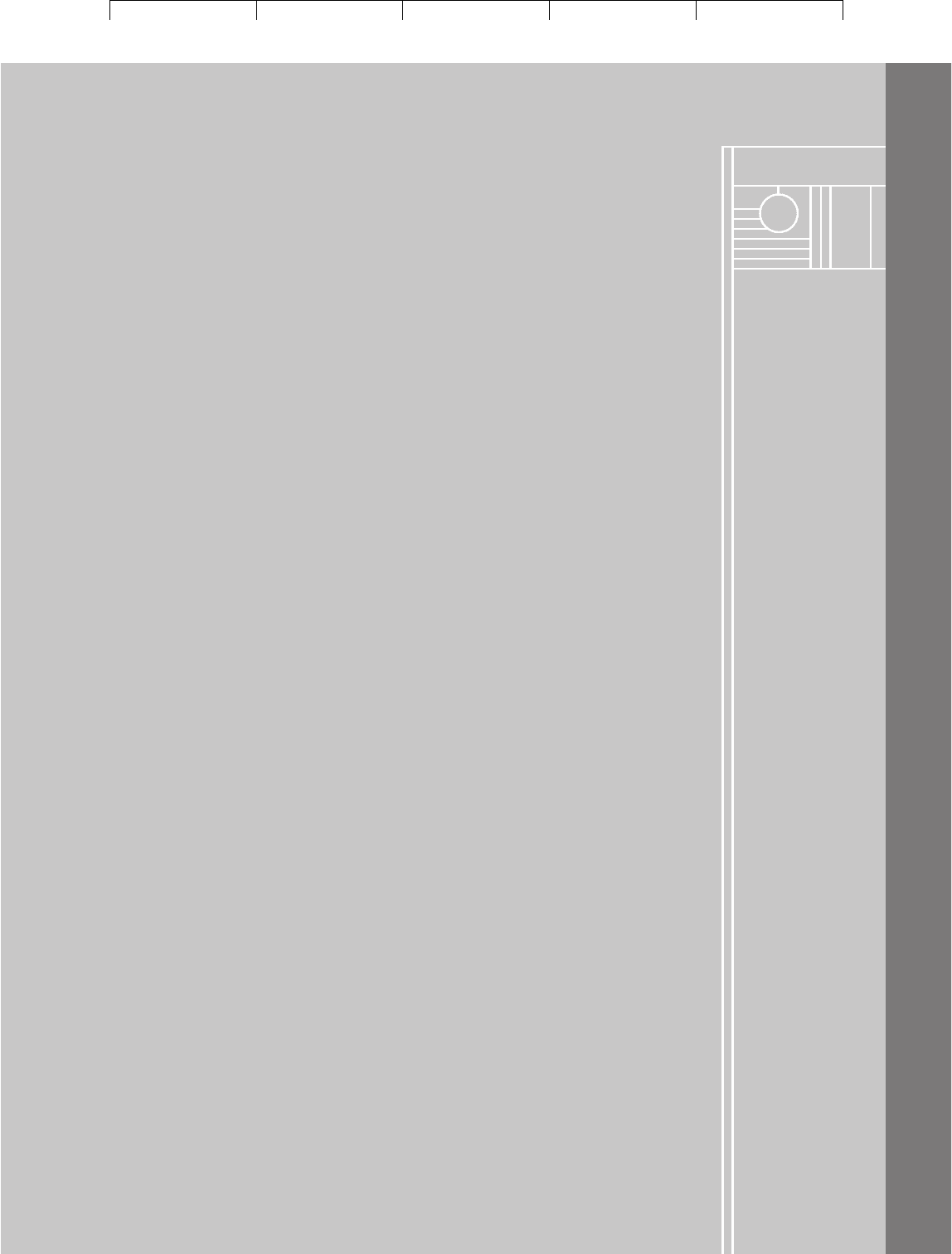
Brealey−Meyers:
Principles of Corporate
Finance, Seventh Edition
IX. Financial Planning and
Short−Term Management
31. Cash Management
© The McGraw−Hill
Companies, 2003
In the United States a high proportion of small purchases are paid for by check. To
make the best use of their cash, companies need to understand how a company’s
cash changes when it writes or deposits a check. The cash shown in the company’s
ledger is not the same as the available balance in your bank account. The difference
is the net float. When you have written a large number of checks awaiting clear-
ance, the available balance will be larger than the ledger balance. When you have
just deposited a large number of checks that have not yet been cleared by the bank,
the available balance will be smaller. If you can predict how long it will take checks
to clear, you may be able to play the float and get by on a smaller cash balance.
You can also manage the float by speeding up collections and slowing down pay-
ments. One way to speed collections is to use concentration banking. Customers
make payments to a regional office which then pays the checks into a local bank
account. Surplus funds are transferred from the local account to a concentration
bank. An alternative technique is lock-box banking. In this case customers send
their payments to a local post office box. A local bank empties the box at regular in-
tervals and clears the checks. Concentration banking and lock-box banking reduce
mailing time and the time required to clear checks.
Large-value payments are almost always made electronically. In the United
States there are two large-value systems—Fedwire (for dollar payments within the
country) and CHIPS (for cross-border payments). Bulk payments, such as wages
and dividends, are usually made by means of the Automated Clearinghouse
(ACH) system.
Banks provide many services. They handle checks, manage lock boxes, provide
advice, obtain references, and so on. Firms either pay cash for these services or pay
by maintaining sufficient cash balances with the bank.
In many cases you will want to keep somewhat larger balances than are needed
to pay for the tangible services. One reason is that the bank may be a valuable
source of ideas and business connections. Another reason is that you may use the
bank as a source of short-term funds. Leaving idle cash at your bank may be im-
plicit compensation for the willingness of the bank to stand ready to advance credit
when needed. A large cash balance may, therefore, be good insurance against a
rainy day.
Cash provides liquidity, but it doesn’t pay interest. Securities pay interest, but
you can’t use them to buy things. As financial manager you want to hold cash up
to the point where the marginal value of liquidity is equal to the interest that you
could earn on securities.
Cash is just one of the raw materials that you need to do business. It is expen-
sive keeping your capital tied up in large inventories of raw materials when it
could be earning interest. So why do you hold inventories at all? Why not order
materials as and when you need them? The answer is that it is also expensive to
keep placing many small orders. You need to strike a balance between holding too
large an inventory of cash (and losing interest on the money) and making too many
small adjustments to your stock of cash (and incurring additional administrative
and transaction costs). If interest rates are high, you want to hold relatively small
inventories of cash. If your cash needs are variable and your costs are high, you
want to hold relatively large inventories.
If you have more cash than is currently needed, you can invest it in the money
market. There is a wide choice of money-market investments, with different
SUMMARY
Visit us at www.mhhe.com/bm7e
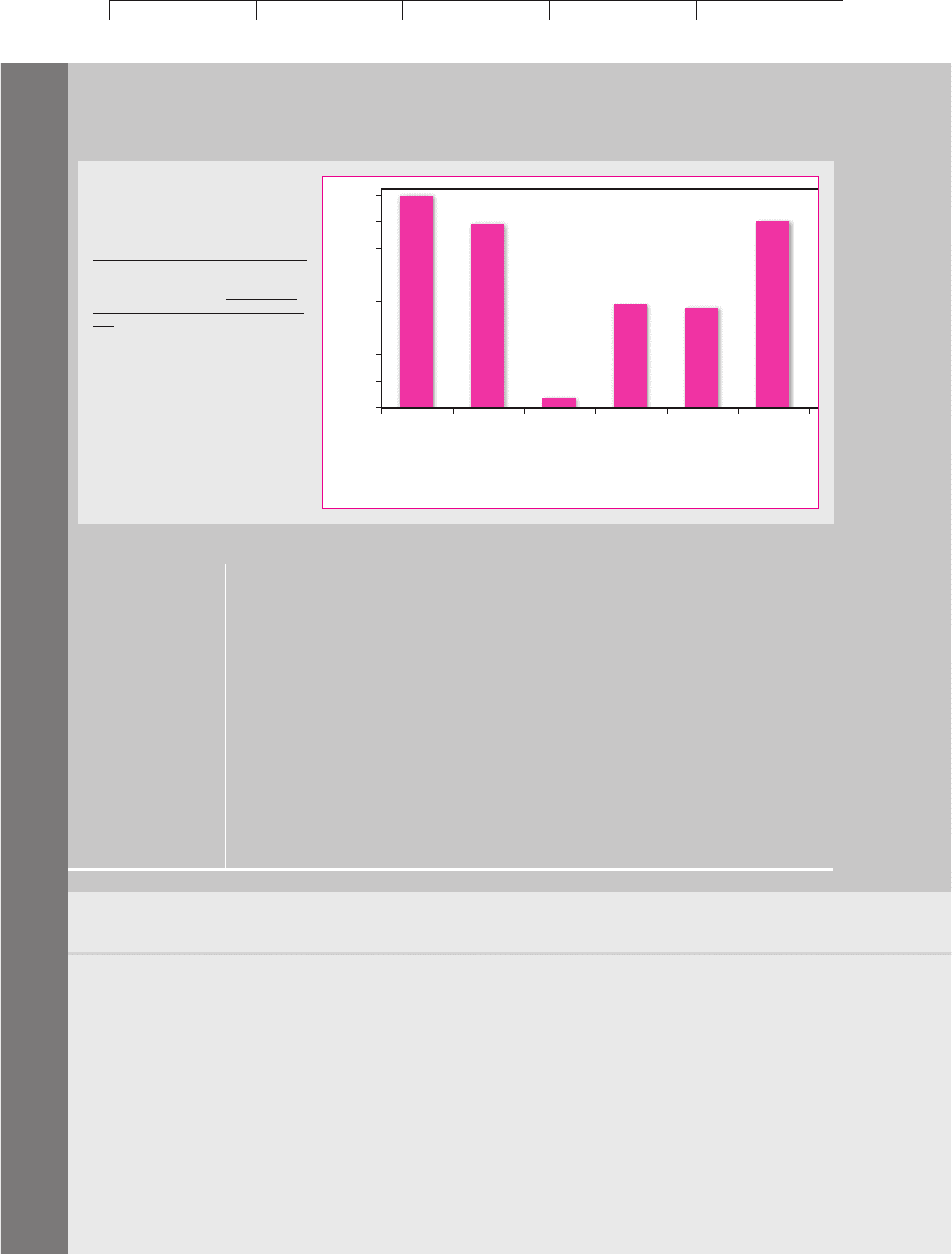
Brealey−Meyers:
Principles of Corporate
Finance, Seventh Edition
IX. Financial Planning and
Short−Term Management
31. Cash Management
© The McGraw−Hill
Companies, 2003
902 PART IX Financial Planning and Short-Term Management
degrees of liquidity and risk. Remember that the interest rate on these invest-
ments is often quoted as a discount. The compound return is always higher than
the rate of discount.
The principal money-market investments in the United States are
• U.S. Treasury bills
• Federal agency notes
• Short-term tax-exempts
• Time deposits and certificates of deposit
• Repurchase agreements
• Commercial paper
• Bankers’ acceptances
Figure 31.4 should give you some feel for which of these investments are the most
popular homes for surplus cash.
FURTHER
READING
The next three articles analyze the design of lock-box and concentration banking systems:
A. Kraus, C. Janssen, and A. McAdams: “The Lock-Box Location Problem,” Journal of Bank
Research, 1:50–58 (Autumn 1970).
G. Cornuejols, M. L. Fisher, and G. L. Nemhauser: “Location of Bank Accounts to Optimize
Float: An Analytic Study of Exact and Approximate Algorithms,” Management Science,
23:789–810 (April 1977).
S. F. Maier and J. H. Vander Weide: “What Lock-Box and Disbursement Models Really Do,”
Journal of Finance, 37:361–371 (May 1983).
Visit us at www.mhhe.com/bm7e
CDs & time
deposits
$ billions
Commercial
paper &
BAs
Repos
Treasury
securities
Agency
securities
Tax-
exempts
0
5
10
15
20
25
30
35
40
FIGURE 31.4
Short-term assets held by U.S.
nonfinancial corporations, 4th
quarter, 2000.
Source: Federal Reserve System,
Division of Research and Statistics,
Flow of Funds Accounts (www.federal
reserve.gov/releases/Z1/current/data.
htm).
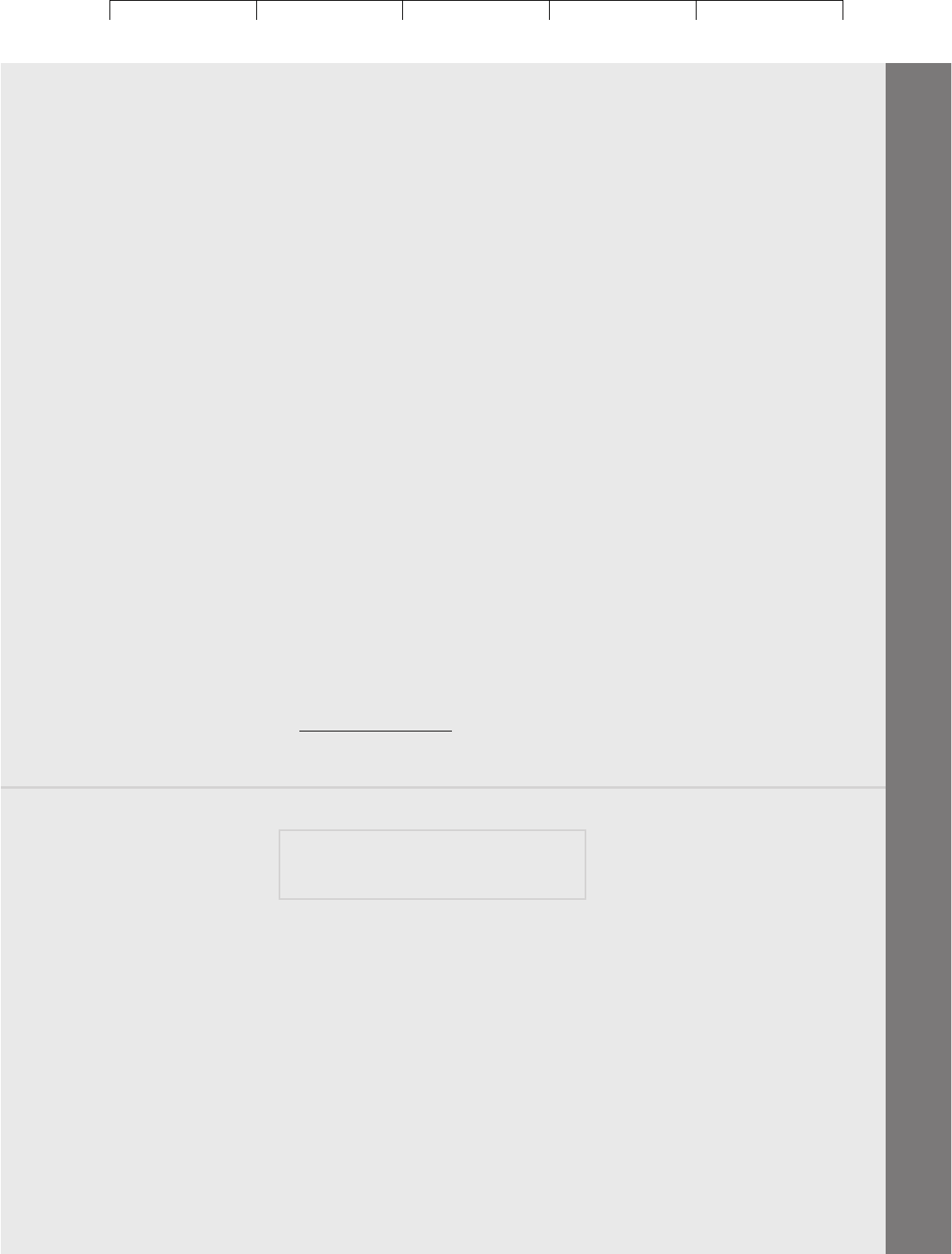
Brealey−Meyers:
Principles of Corporate
Finance, Seventh Edition
IX. Financial Planning and
Short−Term Management
31. Cash Management
© The McGraw−Hill
Companies, 2003
CHAPTER 31 Cash Management 903
Baumol was the pioneer in applying inventory models to cash management. Miller and Orr extend
the Baumol model to handling uncertain cash flows, and Mullins and Homonoff review tests of in-
ventory models for cash management.
W. J. Baumol: “The Transactions Demand for Cash: An Inventory Theoretic Approach,”
Quarterly Journal of Economics, 66:545–556 (November 1952).
M. H. Miller and D. Orr: “A Model of the Demand for Money by Firms,” Quarterly Journal
of Economics, 80:413–435 (August 1966).
D. Mullins and R. Homonoff: “Applications of Inventory Cash Management Models,” in
S. C. Myers (ed.), Modern Developments in Financial Management, Frederick A. Praeger, Inc.,
New York, 1976.
The following article provides a useful description of electronic payments systems in the United
States:
G. R. Junker, B. J. Summers, and F. M. Young: “A Primer on the Settlement of Payments in
the United States,” Federal Reserve Bulletin, 77:847–858 (November 1991).
Specialized “how-to” texts on cash management include:
J. E. Finnerty: How to Manage Corporate Cash Effectively, American Management Association,
New York, 1991.
J. G. Kallberg and K. L. Parkinson: Corporate Liquidity: Management and Measurement, Richard
D. Irwin, Homewood, IL, 1993.
C. R. Malburg: The Cash Management Handbook, Prentice-Hall, Englewood Cliffs, NJ, 1992.
For a detailed description of the money market and short-term lending opportunities, see:
L. Epstein: Corporate Investing: A Treasurer’s Reference, John Wiley, New York, 2001.
F. J. Fabozzi, The Handbook of Fixed Income Securities, 6th ed., McGraw-Hill Companies, Inc.,
New York, 2000.
M. Stigum: The Money Market, 3rd ed., McGraw-Hill Professional Publishing, New York, 1990.
Chapter 4 of U.S. Monetary Policy and Financial Markets, which is available on the New York
Federal Reserve website, www
.newyorkfed.org.
QUIZ
1. A company has the following cash balances:
Company’s ledger balance $600,000
Bank’s ledger balance $625,000
Available balance $550,000
a. Calculate the payment float and availability float.
b. Why does the company gain from the payment float?
c. Suppose the company adopts a policy of writing checks on a remote bank. How is
this likely to affect the three measures of cash balance?
2. Anne Teak, the financial manager of a furniture manufacturer, is considering operating
a lock-box system. She forecasts that 300 payments a day will be made to lock boxes,
with an average payment size of $1,500. The bank’s charge for operating the lock boxes
is either $.40 a check or compensating balances of $800,000.
a. If the interest rate is 9 percent, which method of payment is cheaper?
b. What reduction in the time to collect and process each check is needed to justify
use of the lock-box system?
Visit us at www.mhhe.com/bm7e
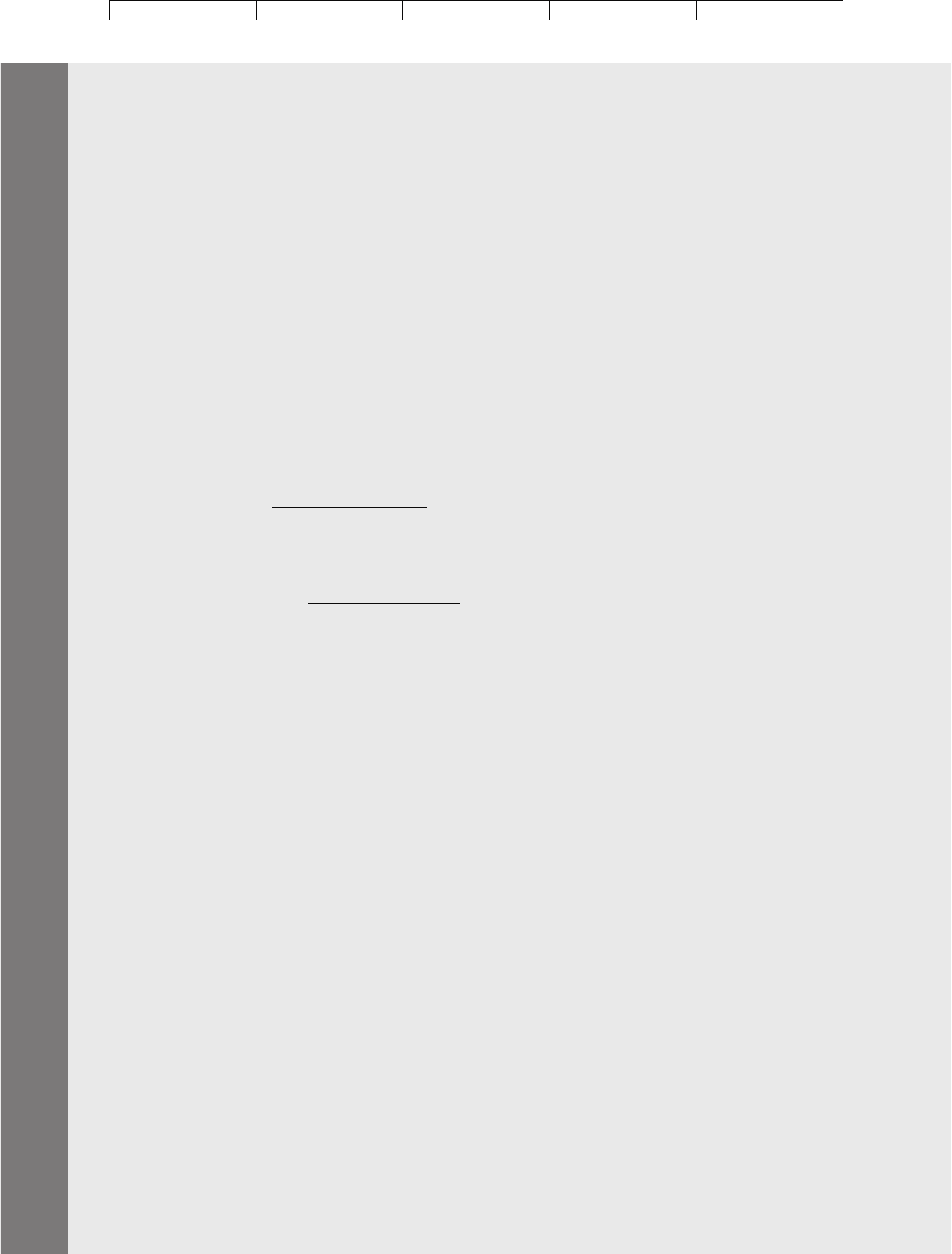
Brealey−Meyers:
Principles of Corporate
Finance, Seventh Edition
IX. Financial Planning and
Short−Term Management
31. Cash Management
© The McGraw−Hill
Companies, 2003
904 PART IX Financial Planning and Short-Term Management
3. Complete the passage that follows by choosing the appropriate terms from the follow-
ing list: lock-box banking, Fedwire, CHIPS, payment float, concentration banking, availability
float, net float.
The firm’s available balance is equal to its ledger balance plus the _______ and
minus the _______. The difference between the available balance and the ledger bal-
ance is often called the _______. Firms can increase their cash resources by speeding
up collections. One way to do this is to arrange for payments to be made to regional
offices which pay the checks into local banks. This is known as _______. Surplus
funds are then transferred from the local bank to one of the company’s main banks.
Transfers can be made electronically by the _______ or _______ systems. Another
technique is to arrange for a local bank to collect the checks directly from a post office
box. This is known as _______.
4. Everyman’s Bookstore has experienced an increased demand for Principles of Corpo-
rate Finance. It now expects to sell 216 books a year. Unfortunately, inventory carry-
ing costs have increased to $6 per book per year, whereas order costs have remained
steady at $2 per order. How many orders should the store place per year and what is
its average inventory? You can answer the question either by plotting store costs as in
Figure 31.1 or using the formula shown on the Principles of Corporate Finance Web page
(www
.mhhe.com/bm7e
)
5. Now assume that Everyman’s Bookstore uses up cash at a steady rate of $20,000 a year.
The interest rate is 2 percent, and each sale of securities costs $2. How many times a year
should the store sell securities and what is its average cash balance? Either plot the costs
as in Figure 31.1 or use the formula shown on the Principles of Corporate Finance Web
page (www
.mhhe.com/bm7e
)
6. Suppose that you can hold cash that pays no interest or invest in securities that pay in-
terest at 8 percent. The securities are not easily sold on short notice; therefore, you must
make up any cash deficiency by drawing on a bank line of credit which charges inter-
est at 10 percent. Should you invest more or less in securities under each of the follow-
ing circumstances?
a. You are unusually uncertain about future cash flows.
b. The interest rate on bank loans rises to 11 percent.
c. The interest rates on securities and on bank loans both rise by the same proportion.
d. You revise downward your forecast of future cash needs.
7. In January 2002 six-month (182-day) Treasury bills were issued at a discount of 1.75 per-
cent. What is the annual yield?
8. For each item below, choose the investment that best fits the accompanying description:
a. Maturity often overnight (repurchase agreements/bankers’ acceptances).
b. Maturity never more than 270 days (tax-exempts/commercial paper).
c. Often directly placed with investors (finance company commercial
paper/industrial commercial paper).
d. Registered with the SEC (commercial paper/medium-term notes).
e. Issued by the U.S. Treasury (tax-exempts/3-month bills).
f. Quoted on a discount basis (certificates of deposit/Treasury bills).
g. Sold by auction (tax-exempts/Treasury bills).
9. Consider three securities:
a. A floating-rate bond.
b. A preferred share paying a fixed dividend.
c. A floating-rate preferred.
A financial manager responsible for short-term investment of excess cash would
probably choose the floating-rate preferred over either of the other two securities. Why?
Explain briefly.
Visit us at www.mhhe.com/bm7e
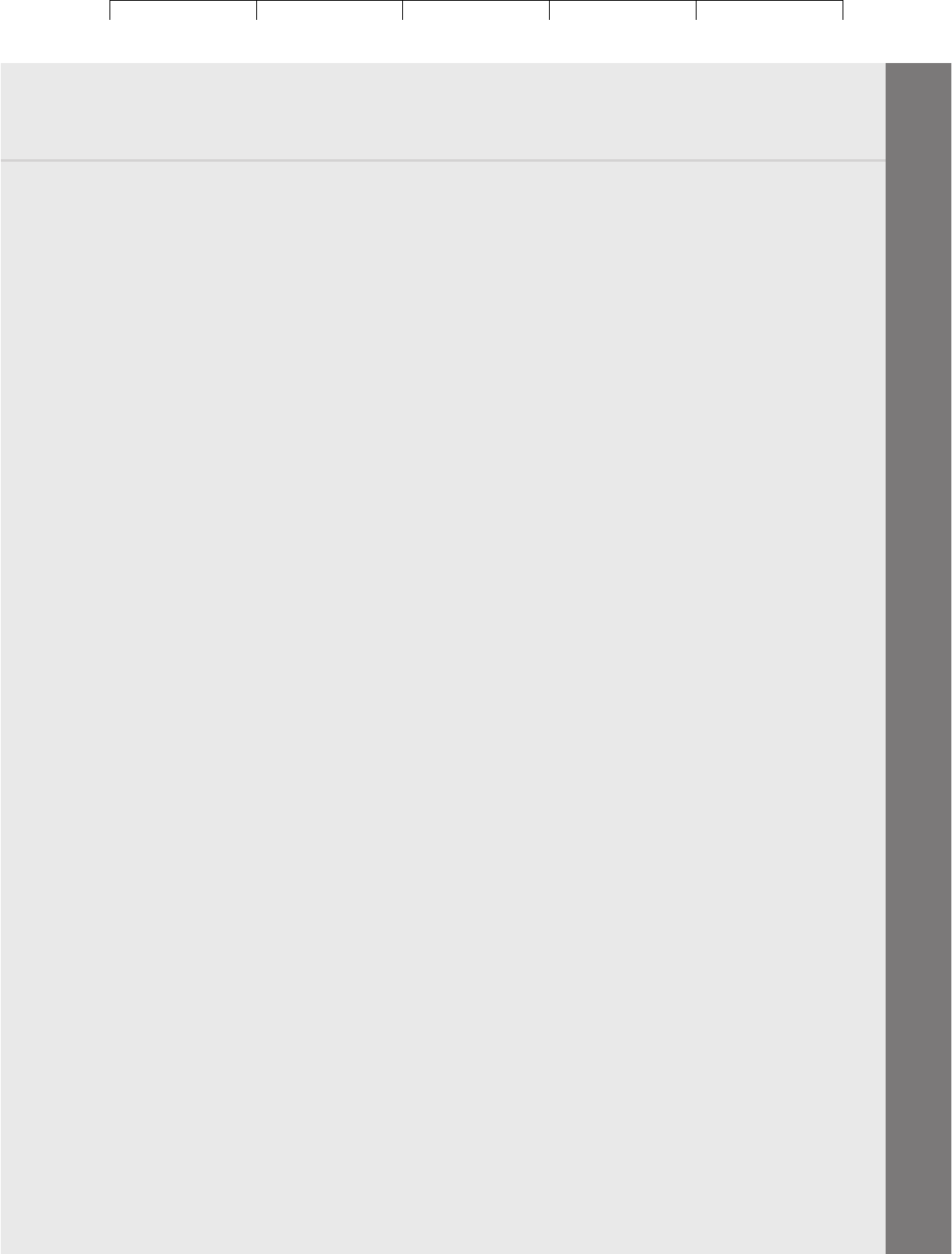
Brealey−Meyers:
Principles of Corporate
Finance, Seventh Edition
IX. Financial Planning and
Short−Term Management
31. Cash Management
© The McGraw−Hill
Companies, 2003
CHAPTER 31 Cash Management 905
PRACTICE
QUESTIONS
1. Every day, Consolidated Blancmange writes checks worth $100,000. These checks take
an average of five days to clear. The company also receives payments of $150,000 every
day. These take three days to clear.
a. Calculate payment float, availability float, and net float.
b. What would be the company’s annual savings if it could reduce availability float to
one day? The interest rate is 6 percent a year. What would be the present value of
these savings?
2. On January 25, Coot Company has $250,000 deposited with a local bank. On January
27, the company writes and mails checks of $20,000 and $60,000 to suppliers. At the end
of the month, Coot’s financial manager deposits a $45,000 check received from a cus-
tomer in the morning mail and picks up the end-of-month account summary from the
bank. The manager notes that only the $20,000 payment of the 27th has cleared the
bank. What are the company’s ledger balance and payment float? What is the com-
pany’s net float?
3. Knob, Inc., is a nationwide distributor of furniture hardware. The company now uses a
central billing system for credit sales of $180 million annually. First National, Knob’s
principal bank, offers to establish a new concentration banking system for a flat fee of
$100,000 per year. The bank estimates that mailing and collection time can be reduced
by three days. By how much will Knob’s availability float be reduced under the new
system? How much extra interest income will the new system generate if the extra
funds are used to reduce borrowing under Knob’s line of credit with First National? As-
sume that the borrowing rate is 12 percent. Finally, should Knob accept First National’s
offer if collection costs under the old system are $40,000 per year?
4. Explain why companies use zero-balance accounts to make disbursements.
5. A parent company settles the collection account balances of its subsidiaries once a
week. (That is, each week it transfers any balances in the accounts to a central account.)
The cost of a wire transfer is $10. A check costs $.80. Cash transferred by wire is avail-
able the same day, but the parent must wait three days for checks to clear. Cash can be
invested at 12 percent per year. How much money must be in a collection account be-
fore it pays to use a wire transfer?
6. The financial manager of JAC Cosmetics is considering opening a lock box in Pitts-
burgh. Checks cleared through the lock box will amount to $300,000 per month. The
lock box will make cash available to the company three days earlier than is currently
the case.
a. Suppose that the bank offers to run the lock box for a $20,000 compensating
balance. Is the lock box worthwhile?
b. Suppose that the bank offers to run the lock box for a fee of $.10 per check cleared
instead of a compensating balance. What must the average check size be for the fee
alternative to be less costly? Assume an interest rate of 6 percent per year.
c. Why did you need to know the interest rate to answer (b) but not to answer (a)?
7. Some years ago, Merrill Lynch increased its float by mailing checks drawn on west
coast banks to customers in the east and checks drawn on east coast banks to customers
in the west. A subsequent class action suit against Merrill Lynch revealed that in 28
months, from September 1976, Merrill Lynch disbursed $1.25 billion in 365,000 checks
to New York State customers alone. The plaintiffs’ lawyer calculated that by using a re-
mote bank Merrill Lynch had increased its average float by 1.5 days.
a. How much did Merrill Lynch disburse per day to New York State customers?
b. What was the total gain to Merrill Lynch over the 28 months, assuming an interest
rate of 8 percent?
c. What was the present value of the increase in float if the benefits were expected to
be permanent?
Visit us at www.mhhe.com/bm7e
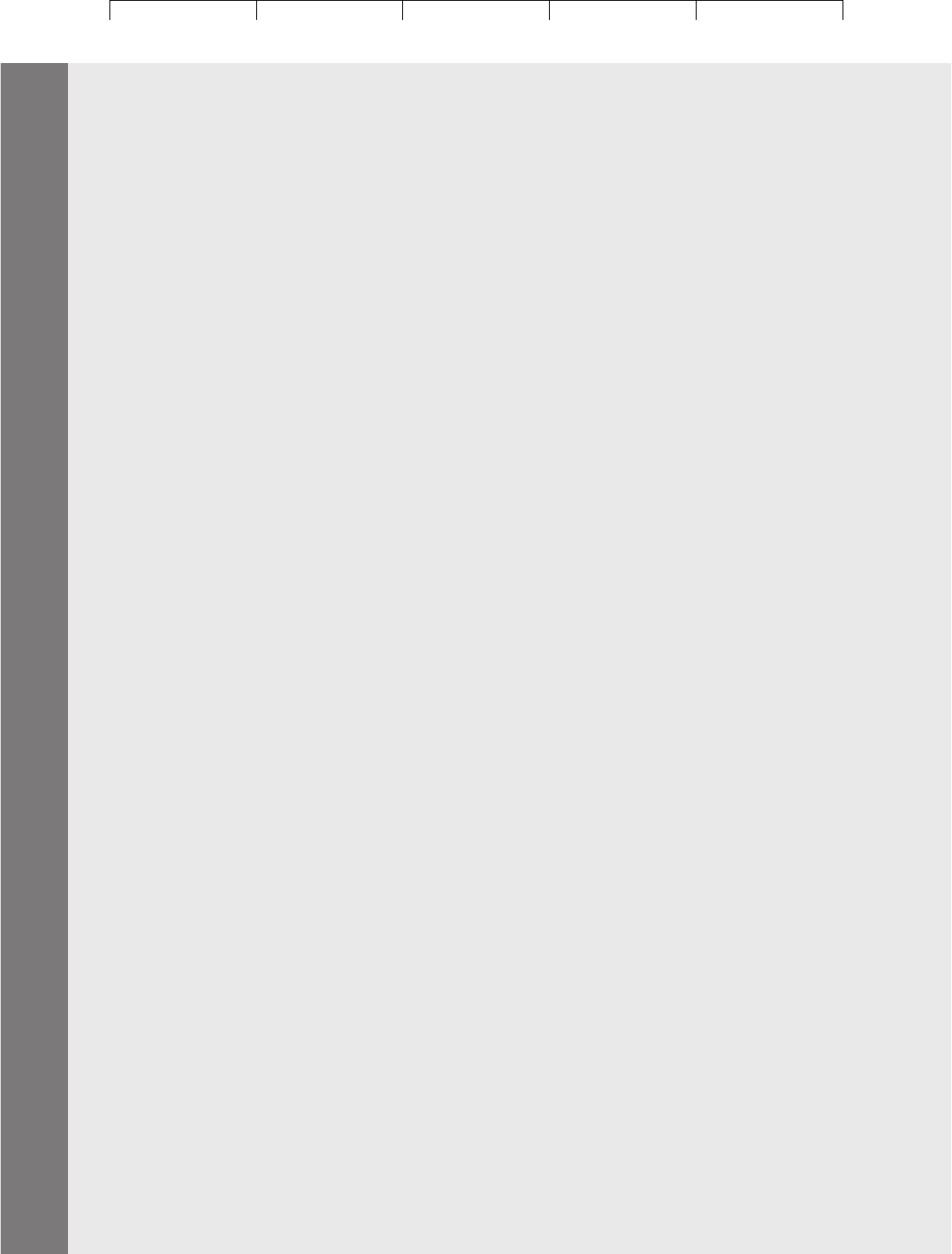
Brealey−Meyers:
Principles of Corporate
Finance, Seventh Edition
IX. Financial Planning and
Short−Term Management
31. Cash Management
© The McGraw−Hill
Companies, 2003
906 PART IX Financial Planning and Short-Term Management
Visit us at www.mhhe.com/bm7e
d. Suppose that the use of remote banks had involved Merrill Lynch in extra
expenses. What was the maximum extra cost per check that Merrill Lynch would
have been prepared to pay?
8. The processing cost of making a payment through the ACH system is roughly half the
cost of making the same payment by check. Why, therefore, do firms often rationally
choose to make payments by check?
9. How would you expect a firm’s cash balance to respond to the following changes?
a. Interest rates increase.
b. The volatility of daily cash flow decreases.
c. The transaction cost of buying or selling marketable securities goes up.
10. A firm maintains a separate account for cash disbursements. Total disbursements are
$100,000 per month, spread evenly over the month. Administrative and transaction
costs of transferring cash to the disbursement account are $10 per transfer. Marketable
securities yield 1 percent per month. Determine the size and number of transfers that
will minimize the cost of maintaining the special account.
11. Suppose that the rate of inflation accelerates from 5 to 10 percent per year. Would firms’
cash balances go up or down relative to sales? Explain.
12. Suppose that interest rates double.
a. What, according to the Baumol model, would happen to the firm’s average cash
balances?
b. Recalculate the gain from operating the lock-box system described in Section 31.1
given the new level of interest rates.
13. A three-month Treasury bill and a six-month bill both sell at a discount of 10 percent.
Which offers the higher annual yield?
14. In Section 31.3 we described a six-month bill that was issued on an annually com-
pounded yield of 5.19 percent. Suppose that one month has passed and the investment
still offers the same annually compounded return. What is the percentage discount?
What was your return over the month?
15. Look again at question 14. Suppose another month has passed, so the bill has only one
month left to run. It is now selling at a discount of 5 percent. What is the yield calcu-
lated on a simple interest basis? What was your realized return over the two months?
16. Look up current interest rates offered by short-term investment alternatives. Suppose
that your firm has $1 million excess cash to invest for the next two months. How would
you invest this cash? How would your answer change if the excess cash were $5,000,
$20,000, $100,000, or $100 million?
17. In February 2002 high-grade corporate bonds sold at a yield of 5.89 percent, while tax-
exempts of comparable maturity offered 3.99 percent annually. If an investor receives
the same after-tax return from corporates and tax-exempts, what is that investor’s mar-
ginal rate of tax? What other factors might affect an investor’s choice between the two
types of securities?
18. The IRS prohibits companies from borrowing money to buy tax-exempts and also de-
ducting the interest payments on the borrowing from taxable income. Should the IRS
prohibit such activity? If it didn’t, would you advise the company to borrow to buy tax-
exempts?
19. Suppose you are a wealthy individual paying 39.1 percent tax on income. What is the
expected after-tax yield on each of the following investments?
a. A municipal note yielding 6.5 percent pretax.
b. A Treasury bill yielding 10 percent pretax.
c. A floating-rate preferred stock yielding 7.5 percent pretax.
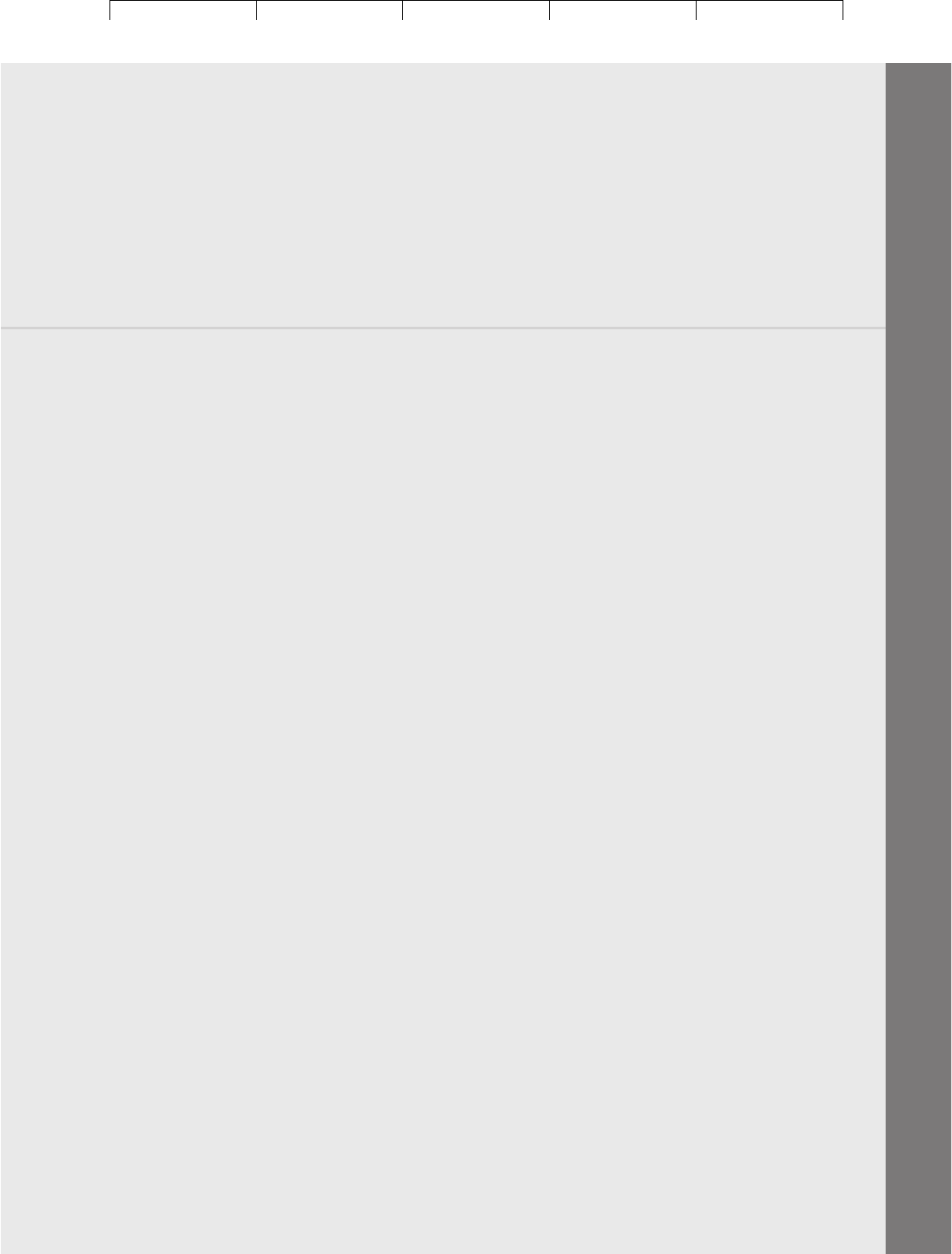
Brealey−Meyers:
Principles of Corporate
Finance, Seventh Edition
IX. Financial Planning and
Short−Term Management
31. Cash Management
© The McGraw−Hill
Companies, 2003
CHAPTER 31 Cash Management 907
How would your answer change if the investor is a corporation paying tax at 35
percent? What other factors would you need to take into account when deciding where
to invest the corporation’s spare cash?
20. Most floating-rate preferreds have both a floor and a ceiling on their dividend rate. (See
Section 31.5, footnote 28.) How do these limits affect the behavior of the prices of these
securities as interest rates change? Why do you think the companies included the lim-
its in the first place?
CHALLENGE
QUESTION
1. The first floating-rate preferreds were successfully issued at initial yields below yields
on Treasury bills. How was this possible? The preferreds were clearly riskier than the
bills. What would you predict for the long-run relationship between yields on bills and
on floating-rate preferreds? (We say “long-run” to give time for all firms that will want
to issue floating-rate preferreds to get around to doing so.)
Visit us at www.mhhe.com/bm7e
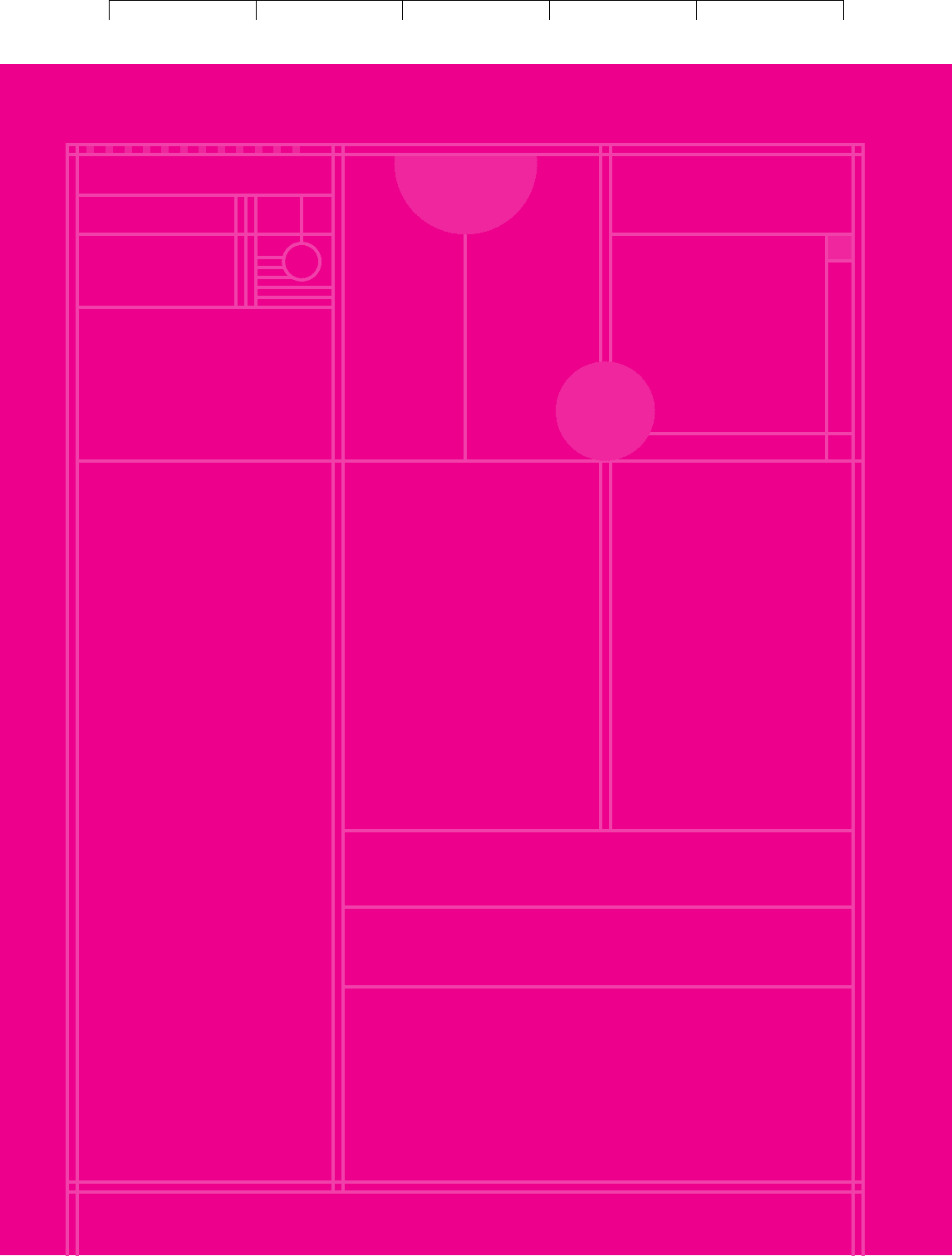
Brealey−Meyers:
Principles of Corporate
Finance, Seventh Edition
IX. Financial Planning and
Short−Term Management
32. Credit Management
© The McGraw−Hill
Companies, 2003
CHAPTER THIRTY-TWO
908
C R E D I T
MANAGEMENT
